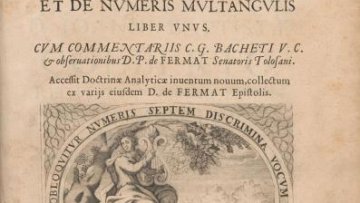Gaussian Heat-kernel for the RCM with unbounded conductances
Abstract
The talk will focus on continuous time random walk with unbounded i.i.d. random conductances on the grid $\mathbb{Z}^d$ In the first place, in a joint work with Kumagai and Mathieu, we obtain Gaussian heat kernel bounds and also local CLT for bounded from above and not bounded from below conductances. The proof is given at first in a general framework, then it is specified in the case of plynomial lower tail conductances. It is essentially based on percolation and spectral analysis arguments, and Harnack inequalities. Then we will discuss the same questions for the same model with i.i.d. random conductances, bounded from below and with finite expectation.


